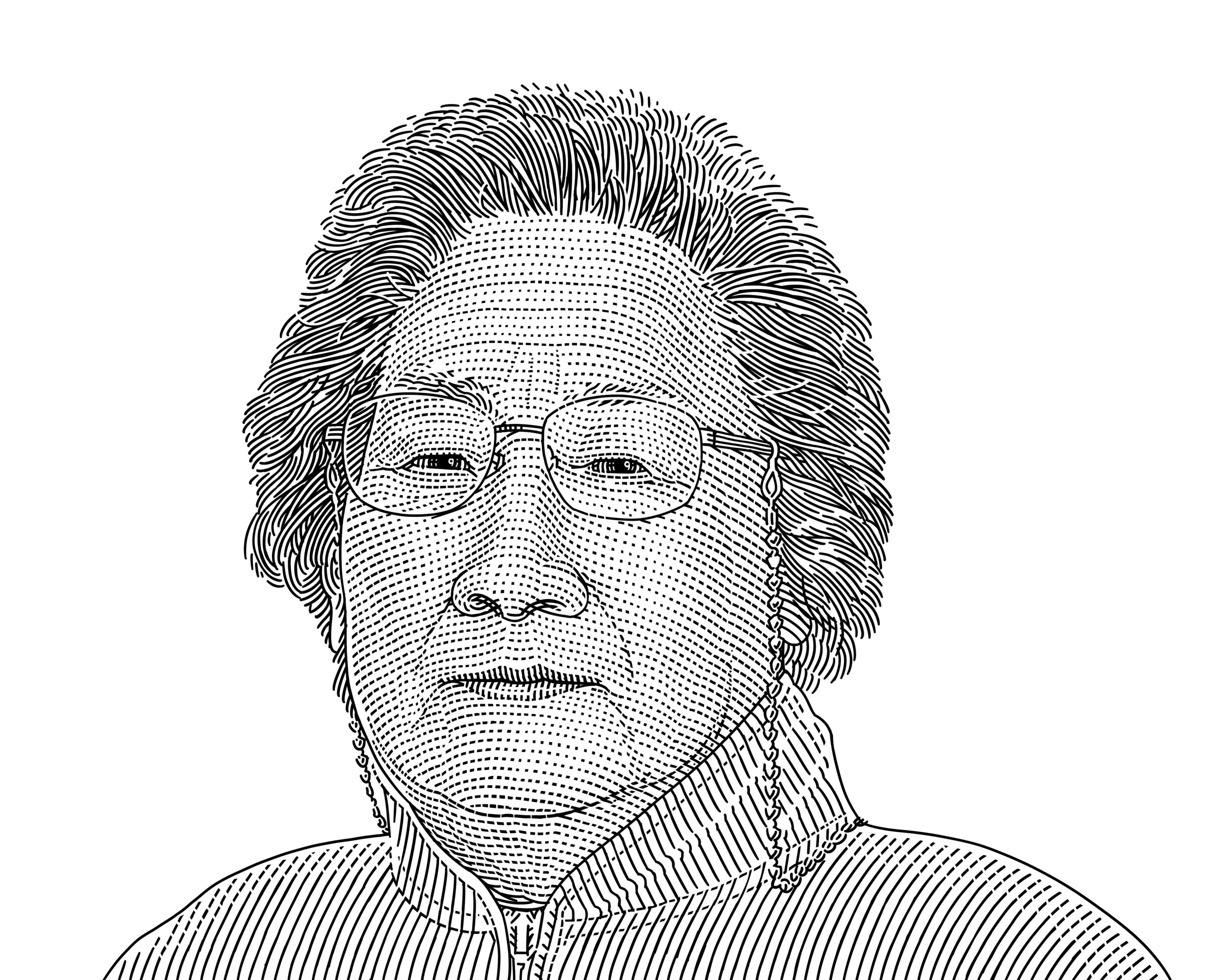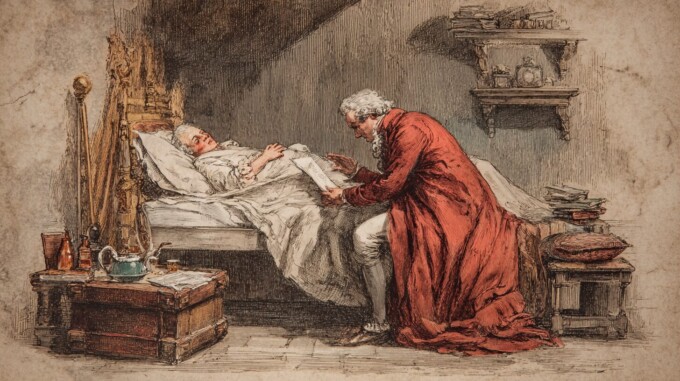Today marks the 25th installment in a series of articles by HumanProgress.org titled, Heroes of Progress. This bi-weekly column provides a short introduction to heroes who have made an extraordinary contribution to the well-being of humanity. You can find the 24th part of this series here.
This week, our hero is Tu Youyou, the scientist who discovered artemisinin – the core compound that’s used to create extremely effective malaria-fighting drugs. Tu’s work is considered a breakthrough in 20th century tropical medicine. Since artemisinin’s discovery, the compound has been used to save tens of millions of lives worldwide.
Tu Youyou was born on December 30, 1930, in Ningbo, a city on the east coast of China. As a child, Tu was fortunate enough to attend some of the top private schools in the region. At the age of 15, she contracted tuberculosis and had to take a two-year break from her studies. Fortunately for humanity, Tu’s illness inspired her to go into the medical sector, where she could try to find cures for diseases – like the one that afflicted her.
Tu returned to school in 1948. In 1951, she began studying at Peking University Medical School. Four years later, Tu was assigned to continue her research at the newly established Academy of Traditional Chinese Medicine. As her undergraduate degree focused primarily on western medicine, Tu studied a full-time course in traditional Chinese medicine between 1959 and 1962.
Tu was doing her research during China’s “Cultural Revolution” in the 1960’s and 1970’s. During that time, scientists and intellectuals were often vilified by the Chinese government and many were imprisoned, executed or sent to “re-education camps.” The government also shut down hundreds of research programs. For a brief period, Tu’s husband, who was an engineer, was taken by the government to a “re-education camp.”
Prior to Tu’s discovery, malaria was effectively treated by the drugs chloroquine and quinoline. However, in the late 1960s, new strains of malaria evolved and became resistant to the existing drug treatments. The global medical community struggled to respond to new malaria strains and the disease quickly spread, resulting in the deaths of millions of people.
Malaria’s resurgence was particularly catastrophic in South East Asia, where the disease afflicted the forces engaged in the Vietnam War. It’s reported that in 1964, malaria caused four to five times more medical disabilities than direct combat for the U.S. military alone. As a result, tackling malaria quickly became a top medical priority for both sides in the conflict.
In 1967, Ho Chi Minh, the leader of North Vietnam, pleaded with Zhou Enlai, the Chinese premier, for a new malaria treatment for his soldiers. The early part of Tu’s career focused on trying to create a cure for schistosomiasis, a disease caused by a parasitic flatworm. In 1967, Tu was approached to join a top-secret government drug discovery program named Project 523 that would focus on developing a cure for malaria.
In 1969, Tu was appointed the head of her research group and she was sent to the Hainan region to study patients who had been infected with malaria. To travel to Hainan, Tu was forced to leave behind her one-year old and four-year old daughters. It would be three years before Tu saw her children again. Looking back at that time, Tu said “the work was the top priority, so I was certainly willing to sacrifice my personal life.”
After scientists from across the world screened over 240,000 compounds for their effectiveness against malaria without success, Tu thought it could be useful to screen Chinese herbs. By 1971, Tu and her team had tested over 2,000 traditional Chinese recipes. After searching through dozens of history books, Tu’s team found a concoction from a book from the year AD 400 titled “Emergency Prescriptions Kept Up One’s Sleeve” that used the ingredient sweet wormwood to treat intermittent fevers – a hallmark symptom of malaria.
At first, sweet wormwood proved an ineffective treatment against malaria. However, Tu found inspiration from another traditional Chinese medical book, The Handbook of Prescriptions for Emergency Treatments, written in AD 340 by Ge Hong. Tu realized that instead of boiling the sweet wormwood to extract its antimalarial properties, she should instead attempt a low-temperature extraction. Early tests on mice and monkeys proved to be 100 percent successful.
In 1972, Tu was successful in extracting the pure antimalarial substance from the sweet wormwood and named it ‘qinghaosu’ or artemisinin – as it is commonly known in the West. Tu insisted that she should be the first human test subject. Then she tested her discovery on 21 patients. Artemisinin proved to be completely effective in treating malaria patients. Tu published her findings anonymously in 1977 and the use of artemisinin in anti-malaria drugs was quickly adopted across the world.
In 1980, Tu was promoted to a Researcher (equivalent to the academic rank of full professor in the West). In 1981, she presented her findings on artemisinin at a meeting with the World Health Organization. Today she continues to work as the Chief Scientist at the Academy of Traditional Chinese Medicine, where she has worked since 1955.
Throughout her life, Tu has been decorated with numerous awards. Most notably, she was awarded the Lasker Award in clinical medicine in 2011. In 2015, she was one of three people to win the Nobel Prize in Medicine and Physiology. Tu was the first Chinese Nobel laureate in physiology or medicine and the first female citizen of China to receive a Nobel Prize in any category.
Due to the millions of lives it has saved, the Lasker Foundation described Tu’s discovery of artemisinin as “arguably the most important pharmaceutical intervention in the last half [of the 20th] century.” It is for that reason Tu Youyou is our 25th Hero of Progress.





